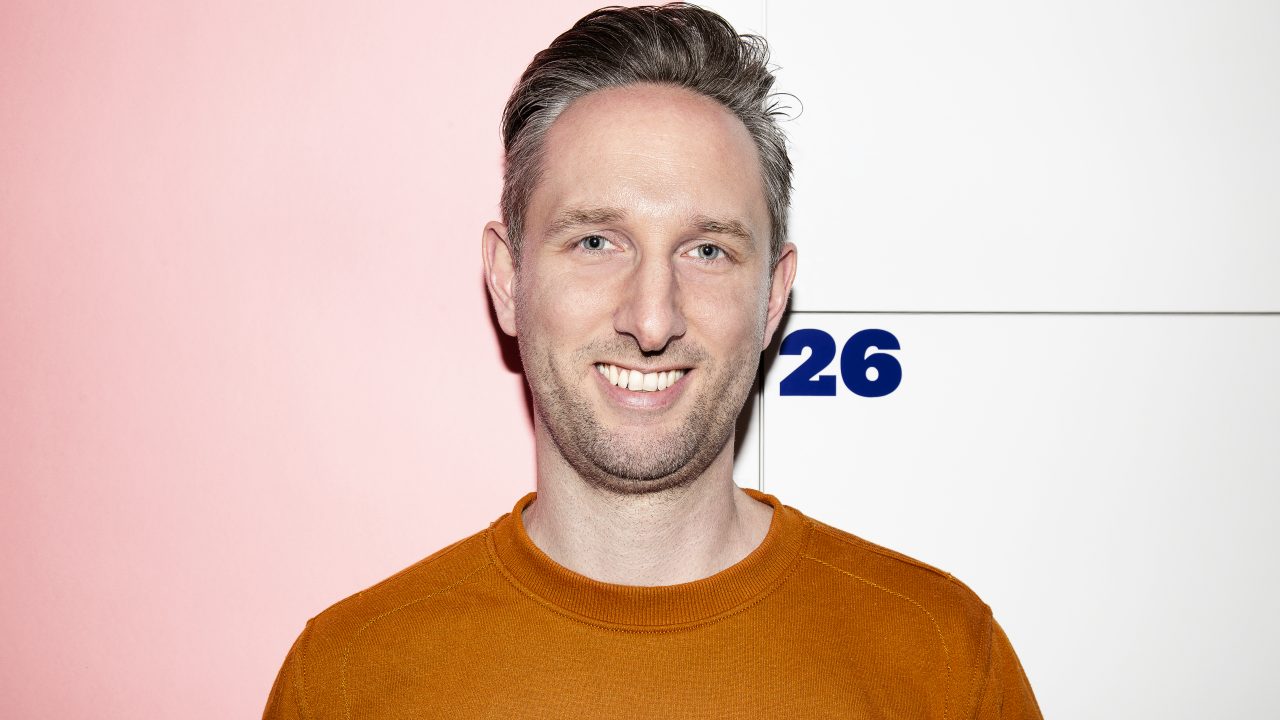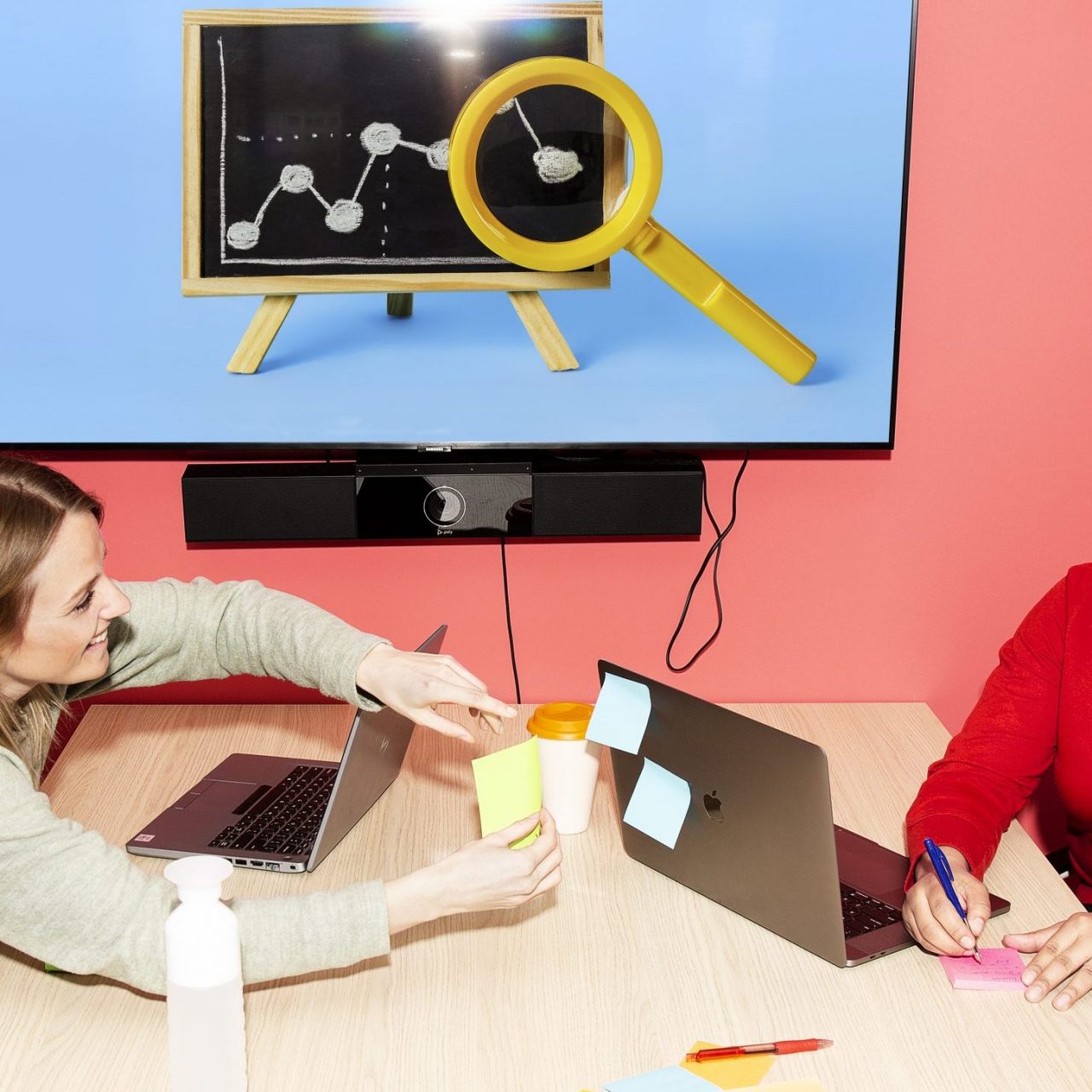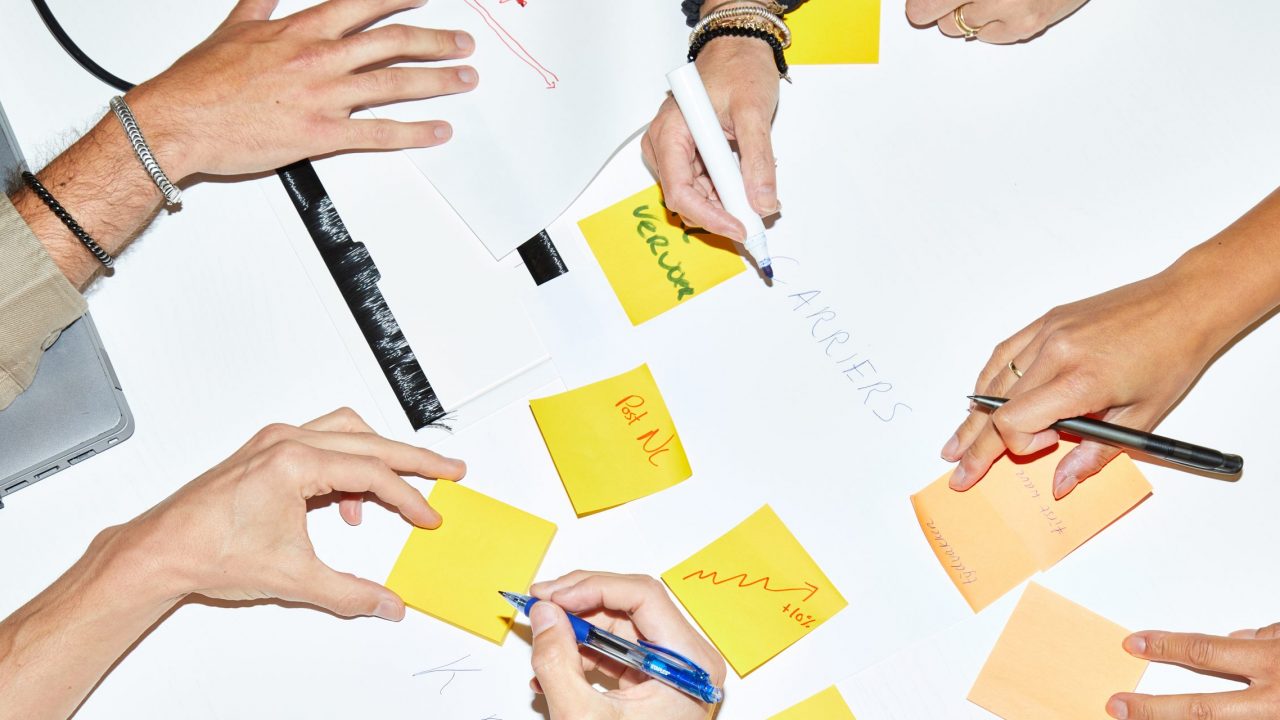Product Thinking: how we’re improving Engineering Productivity
Behind the Screens with Onno Ceelen

What’s the greatest challenge Onno Ceelen and his Engineering Productivity teams face? “Context switching,” says Onno immediately. “Bol.com engineers use a whole host of tools, each with its own interface. We continually switch between these tools, and that slows you down considerably.” Today we talk to Onno Ceelen, Senior Product Manager, to find out how his teams stay so productive.
“When I explain to other people what I do, I always say that I work on bol.com’s internal development platform. They usually haven’t got a clue about what goes on behind the screens and how many people are involved. They’re amazed when I tell them we have hundreds of engineers working on the bol.com retail tech platform. Engineering Productivity is divided into three teams. This means our engineers can work smarter and more effectively.”
Building on each other's work
“Our developers use lots of different tools. Some of these are commercial solutions, and some are open-source tools. These all look different, and the user interface differs. Constantly switching between the different user interfaces disrupts your flow. We have one team looking into how we can optimise this. We don’t want to replace any of the tools because they all have their uses. But we do want to make use of the key functionality and bundle the tools together in a developer portal. This will help us manage the complex infrastructure environment, and simplify development, maintenance and management. If there’s a problem, you have to tackle it immediately. What’s more, we help our engineers by automating repetitive tasks. We offer teams their own dashboard so they can manage their projects more easily.”
“We also have two teams working on software frameworks, which simplifies matters for our engineers. For example, developing a microservice, or a machine learning model. So, things they used to do manually are easier now, such as integrating with our back-end systems.”
It's not just about coming up with solutions, it’s about solving problems.

It revolves around the problem
Onno has considerable experience in the field: 12 years as a software engineer, 5 years in engineering management and more than 6 years in product management. “When I had just started at bol.com, I was one of the first Product Managers. It was a new position for the organisation, which had previously focused mainly on delivering solutions and less on the internal customer. Bol.com was one of the first organisations to introduce Agile working, and product thinking was still in its infancy. I wanted to change that. Only, that doesn’t happen automatically. Certainly not in the operational environment that I work in.”
“Effective product thinking means we really have to understand the customer problem. We talk to the customer at length to ensure we’re putting the user’s problem first. We also work with Objectives and Key Results, or OKR for short. Based on the interviews and discussions with clients, we define the goals and what results we want to achieve, and these OKRs help us focus on the result. This gives our colleagues considerable freedom to look for an appropriate solution themselves.”
Knowing who you're working for
“Many Product Managers work for external clients: consumers or business partners. In my case, my clients are my colleagues. They’re nearby, and it’s easy to video-call or drop by to ask questions. This direct input is extremely valuable. And I know exactly who I’m working for; my client isn’t anonymous. Our open culture helps considerably and makes contact easy. That was one of the things that struck me when I started working at bol.com.”
“I’m generally in touch with our engineers every day. Our chats help me identify the problems they encounter and the challenges they face. And I share this information with my team. We know exactly what problems they have to solve, and we can come up with appropriate solutions. Together we figure out how we can help and when to include it in the strategic plan.”
Together we build a future-proof platform
-
Lead Product Analyst Awareness
Lead the data way of becoming the most loved platform for our advertisers
-
Product Analyst - Advertising
Can you generate THE ULTIMATE insights?

Creating an active community
“It’s really important to have a strategic plan, but it should also be flexible and adapt as the organisation evolves. Everything changes so quickly here at bol.com, and that’s one of the things I like about my job. It calls on your creativity – you have to think differently. Teams come up with their own ideas for solving problems and making improvements, always with an eye on value for the client, convenience, feasibility and viability.” “We work with Inner Source frameworks. All our engineers are free to contribute, but not many do. To encourage this, we recently experimented with voting. Which framework features are at the top of the internal community’s wish list? Our engineers were enthusiastic. We also saw some colleagues start lobbying for votes and getting others involved. By inspiring colleagues in this way, we hope they will actively contribute to the frameworks. This is an encouraging development.”
Spotify Backstage
Onno is also very enthusiastic about the developers’ portal. “We based this on an open-source solution used by Spotify: Backstage. Our platform engineers recognised the problem Spotify wanted to solve within their engineering community: cognitive overload and context switching, which I mentioned earlier. With a product-thinking mindset, we’re now investigating what works best for us at bol.com. Spotify has established a very lively international community that contributes to this. We’re actively taking part now too. My colleagues are really enthusiastic about working on something that dozens, if not hundreds, of companies are using worldwide.”
“I don’t get involved in the technical solutions anymore. We have many programmers who are far better than I am! My job is to make sure our colleagues take the initiative and share their creative ideas. I challenge them: try to innovate together. I really love seeing how my colleagues blossom when they’re working together on a project like this. I want to encourage them to do this even more.”